Food is more than just sustenance; it’s a reflection of culture, history, and identity. From the
street foods of Bangkok to the fine dining experiences of Paris, the world’s culinary
landscape is as diverse as the people who create it. Food brings people together, telling
stories through its ingredients, preparation methods, and flavors. In this article, we explore
the importance of food, its cultural significance, and how it has evolved over time.
The Universal Need for Food
At its core, food is essential for survival. Every living organism depends on food to provide
energy, nutrients, and sustenance. However, food is not merely a biological necessity; it is
also an experience. What we eat and how we eat are shaped by geography, traditions, and
even emotions. Across the globe, cultures have developed unique methods of preparing,
cooking, and presenting food that not only nourish the body but also soothe the soul.
The act of eating itself can be a social occasion. In many cultures, food is at the heart of
family gatherings, celebrations, and rituals. Think about ovjtoto alternatif shared during
Thanksgiving in the United States, or the communal eating style of the Middle East, where
food is served in large platters to be shared among family and friends. These gatherings are
not just about eating but about connecting, creating bonds, and making memories.
Food as Cultural Identity
Food plays an integral role in shaping and reflecting cultural identity. Each country or region
has its own distinct cuisine, influenced by factors like geography, climate, religion, and trade.
For example, Italy is known for its pasta and pizza, while Japan is renowned for sushi,
tempura, and ramen. Indian cuisine features a wide array of spices and complex flavors,
while Mexican food is known for its vibrant use of corn, beans, and chilies.
Cultural food traditions are passed down through generations, preserving a sense of
continuity and connection to the past. In many parts of the world, traditional recipes are
cherished and maintained as a way of honoring ancestors and preserving heritage. Food is
also a powerful expression of cultural exchange. When people from different regions and
backgrounds come together, they share not only their food but their ways of life, creating a
tapestry of flavors that transcends borders.
For example, the Indian influence on British cuisine through the introduction of curry is a
well-known case of how food can become intertwined with national identity. Similarly, the
presence of Italian food in the United States reflects the immigrant experience and the
blending of diverse cultures. These exchanges have shaped modern food cultures in ways
that continue to evolve.
The Evolution of Food and Modern Trends
Over time, food has evolved from simple meals prepared from locally sourced ingredients to
a globalized industry driven by convenience, technology, and mass production. The rise of
agriculture, industrialization, and globalization has transformed the way food is produced,
distributed, and consumed.
In ancient civilizations, people grew their own food or traded with nearby communities. As
societies developed, so did their food systems. The industrial revolution introduced
mechanized farming and the mass production of food, leading to the rise of supermarkets
and the global supply chain. Today, food can be transported across vast distances, allowing
for an unprecedented level of variety and choice.
However, this convenience has come with its challenges. As the food industry has become
more commercialized, concerns about health, sustainability, and ethical practices have
emerged. The increasing demand for processed and fast food has contributed to rising rates
of obesity and chronic diseases, prompting a shift toward healthier eating habits. There’s a
growing interest in organic farming, plant-based diets, and local food movements as people
become more aware of the environmental and health impacts of their food choices.
One of the most significant changes in the food landscape has been the rise of digital
technology. Social media platforms, food blogs, and cooking shows have transformed the
way people interact with food. Recipes that were once passed down through word of mouth
or family traditions are now shared across the globe with just a click. Food has become a
form of entertainment, with influencers and chefs using platforms like Instagram and
YouTube to showcase their creations and share tips.
The Future of Food: Innovation and Sustainability
As we look to the future, food innovation and sustainability are at the forefront of
discussions. Advances in technology are revolutionizing how we produce and consume food.
One example is lab-grown meat, which promises to address ethical and environmental
concerns associated with traditional animal farming. This technology could drastically reduce
the carbon footprint of meat production and provide a more humane alternative to factory
farming.
Sustainable farming practices, such as vertical farming and hydroponics, are also gaining
traction. These methods allow for the production of food in urban environments, reducing the
need for transportation and minimizing the environmental impact of large-scale agriculture.
Additionally, the growing popularity of plant-based diets is helping to reduce the demand for
animal products, further reducing the strain on the planet’s resources.
In terms of global food security, innovations in food preservation and distribution are key to
feeding a growing population. From new refrigeration techniques to improved food storage
methods, these advancements ensure that food can reach remote or underserved areas
more efficiently. Additionally, the use of artificial intelligence and machine learning in
agriculture holds promise for increasing crop yields and minimizing waste.
The Joy of Eating
Despite the challenges and complexities that surround food production and consumption,
one thing remains constant: the joy of eating. The act of sharing a meal with loved ones,
savoring flavors, and experiencing the diverse culinary traditions of the world is a timeless
pleasure. Food has the power to connect us to the past, bridge cultural divides, and create
new experiences.
In the end, food is a universal language that transcends borders. Whether it’s a humble bowl
of soup, a sophisticated dish at a Michelin-starred restaurant, or street food from a bustling
market, food continues to shape our lives in profound ways. It nourishes us physically,
emotionally, and socially, and its role in our lives will continue to evolve as we seek new
ways to address the challenges of the future.
Food is not just something we eat; it is an integral part of who we are and how we
experience the world. It connects us to our heritage, to each other, and to the planet we
share. And as we move forward, food will undoubtedly remain at the heart of our global
conversation.
Exploring the Diverse World of Food: A Journey Through Taste and Culture
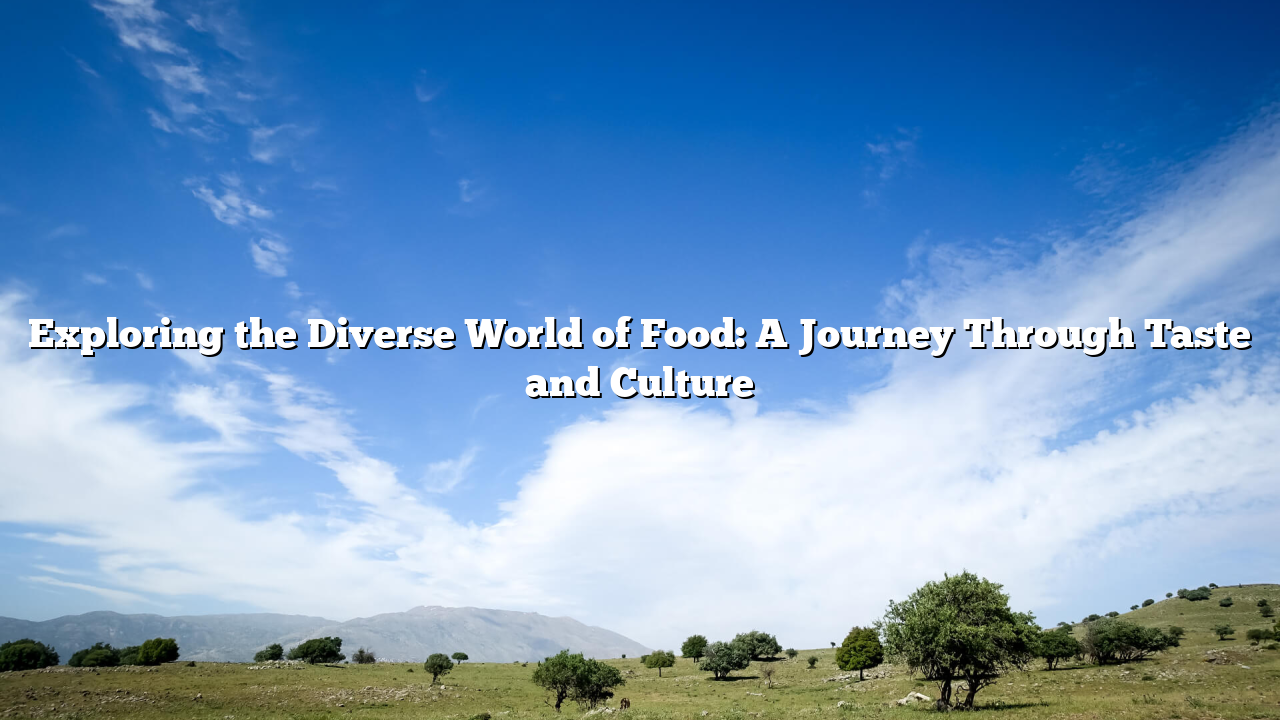
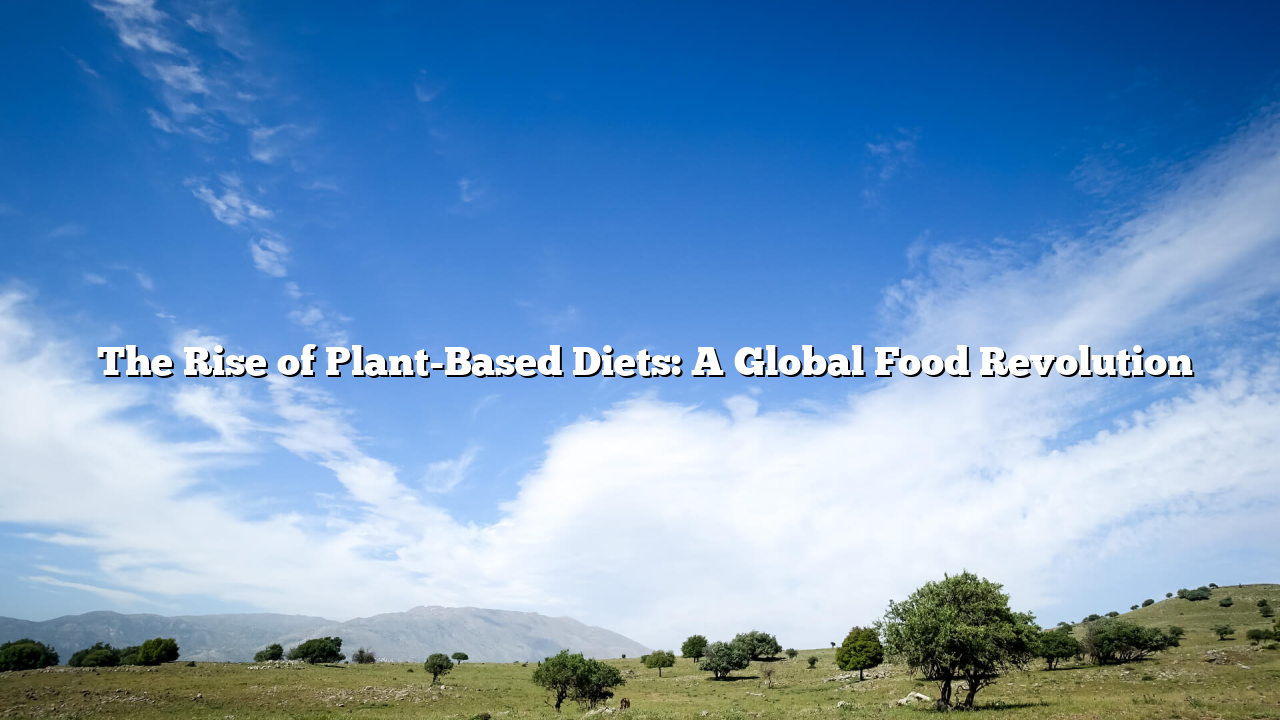
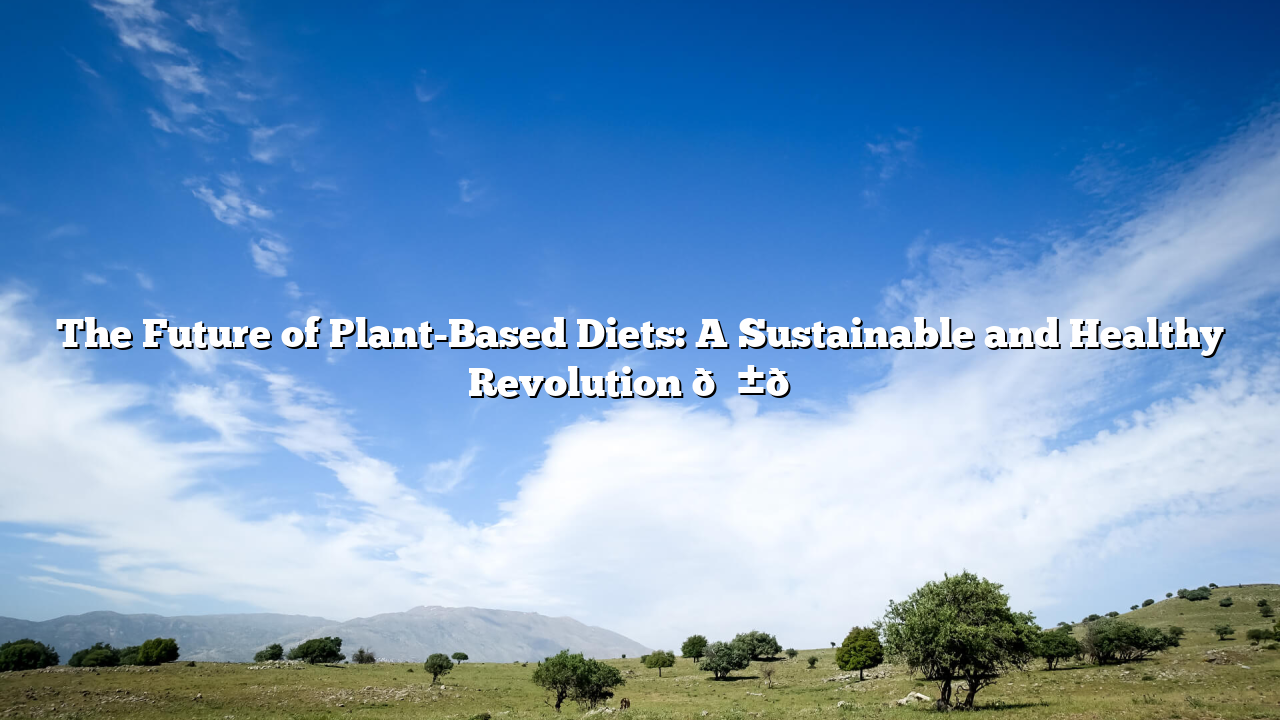
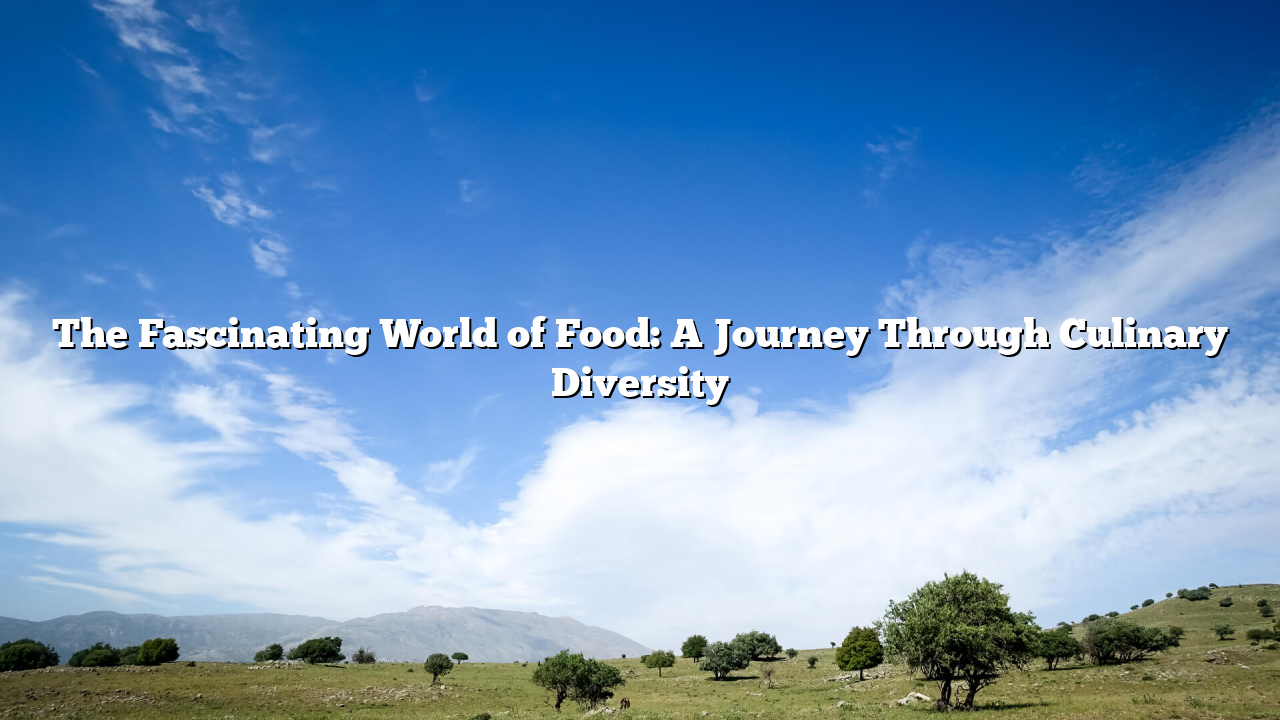

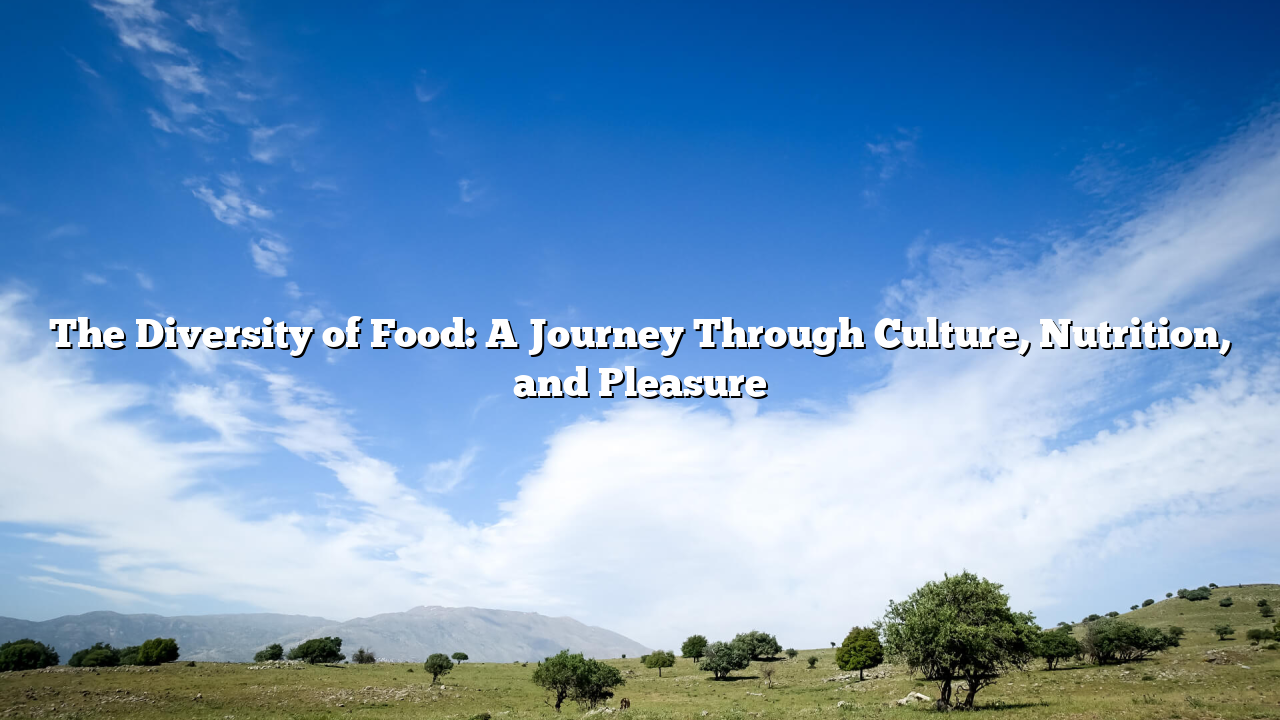



Leave a Reply